Photography is more than 200 years old. You could say it’s an ancient practice, one that’s evolved into an intense and prolific art form. It spreads beauty or fear, depending on your perspective. What you’re wondering is, what does photography have to do with a hair salon, right? What you should be asking is, what doesn’t photography have to do with hair?
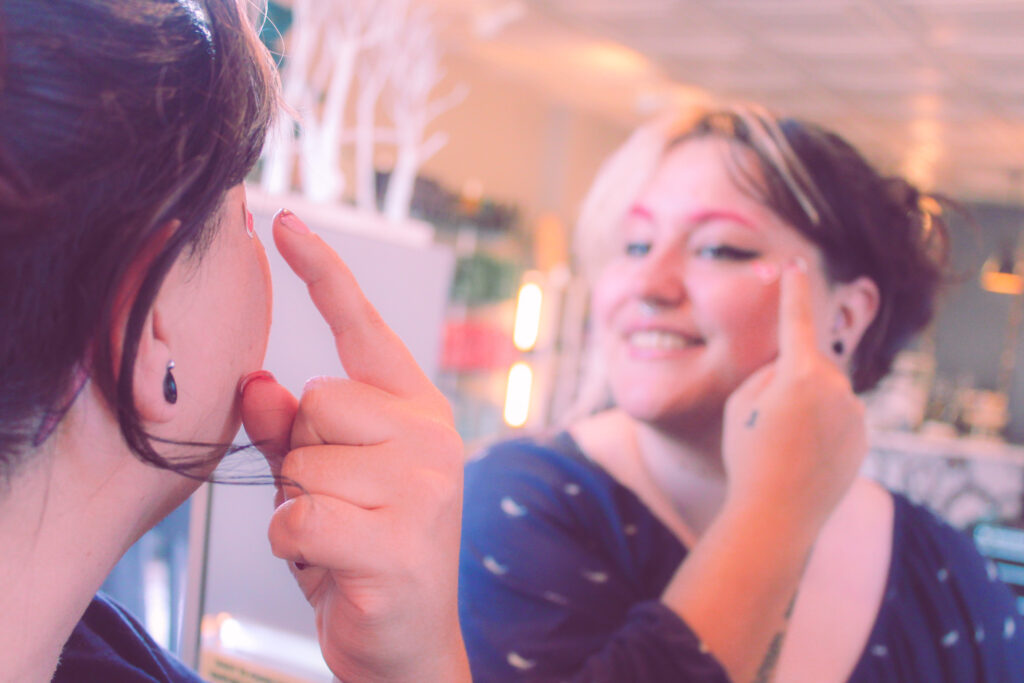
Starling Salon utilizes photography like every other salon and stylist does: marketing—namely, social media. In the era before Facebook and Instagram, salon sites still used photography for headshots and service galleries, but social media has created a monster craving for constant output. In other words, short attention spans seek the next photo of glossy beach waves and perfectly textured bobs. Now, hair professionals need to craft the added skill of photography.
Why does social media matter?
Modern times call for modern marketing, and in the 2000s, that means more online activity than it used to. Word-of-mouth and human billboards are still valuable strategies, but artists can’t rely on passive growth anymore. Some hair artists build their entire business from the ground up on Instagram, but the only way to do that is with eye-catching photos. TikTok used to be the number one spot for videos, like epic transformations and quick tutorials for other artists and clients. Instagram favors videos but still depends heavily on photos, like before and after shots. Stylists rely on these visual exchanges as much, if not more, than Jane Doe looking for a hair professional after moving to a new city. None of this is possible without the cooperation of guests sitting in front of the camera.
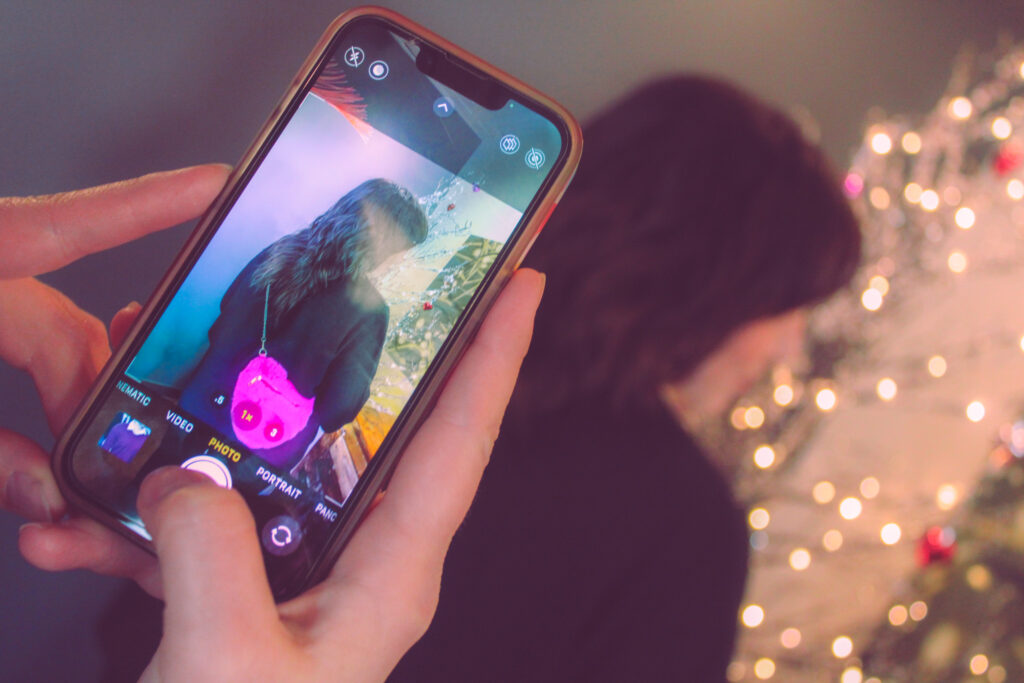
What’s so scary about it?
People walk into salons every day without the assumption they’ll be photographed. Chances are, they won’t be, but those asked might feel ambushed when the cape comes off and all they want to do is leave. It’s a laundry list of paranoia: Am I wearing makeup? Am I wearing my old, comfort hoodie or something photo-worthy? Will I be late for something else? How long will this take? What if I don’t know how to pose? Each question feels like another reason to skip the photoshoot, but your hair professional has solutions.
It’s a lot of pressure. The whole salon is watching you, expecting you to conjure a talent for modeling (and acting if someone asks for a video), and you still have to make your next appointment on time. The good news is that these fears are superficial and easy enough to quell, but there are real reasons these fears crept in to begin with.
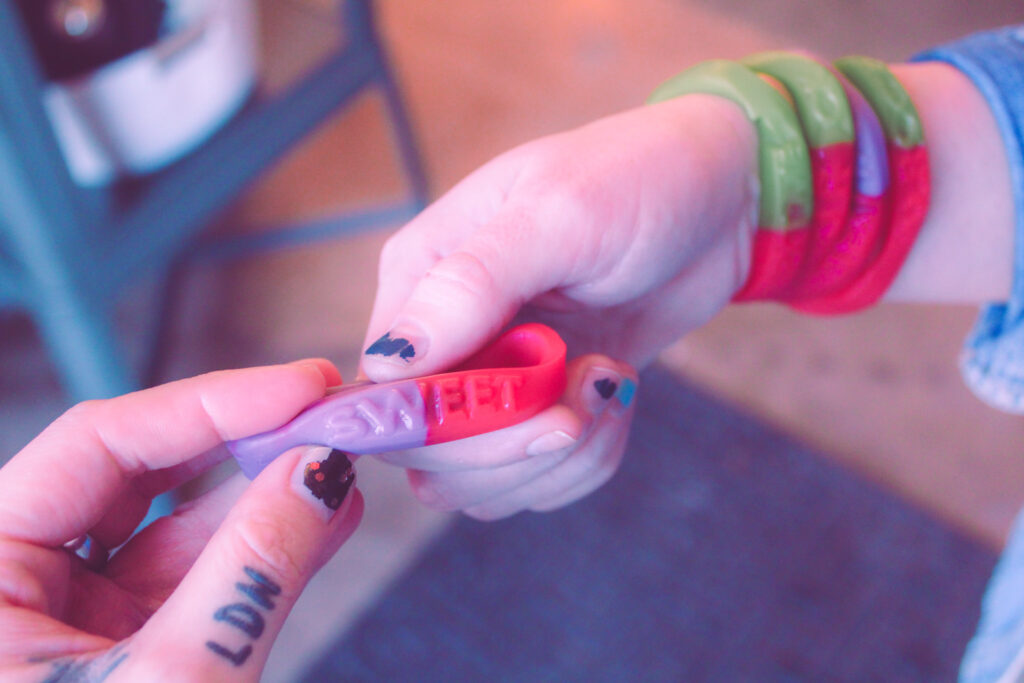
You’ve heard about cultural ideologies that claim cameras steal your soul. Tribes and communities of people worldwide have a history of distrust in cameras and photography. The general belief is that the images capture the subject’s soul and can attract evil. Groups in Australia, Africa, New Zealand, Japan, and North America, including the Amish, have narratives surrounding soul-stealing photography. Even the entertainment industry has cashed in on the familiar lore with movies like Polaroid. Big surprise, now people have photo-phobia (the technical term is scopophobia, if you were wondering).
How did we develop these fears?
That mythology is easy to brush off your shoulders, but the psychology behind your scopophobia has more likely impaled your shoulders with spears since adolescence. Not to be dramatic. Professor Madeleine A. Fugère, Ph.D., discusses some of the biases and mental effects tampering with society’s fears in an article from Psychology Today. The problem is a snake eating its tail, but understanding concepts like the Mere Exposure Effect might straighten that snake out. The Mere Exposure Effect states that the more you see something, the more you like it. If you avoid looking at photos of yourself, you’re less likely to enjoy those photos. Hence, the cyclical nature of not liking your photos, so not being in them, then liking yourself less when you are photographed, and so on down that rabbit hole. Contrarily, exposing yourself to more photos of yourself creates familiarity and an eventual liking of your image.
The Spotlight Effect convinces you everyone else is as critical of you as you are, and Confirmation Bias is your brain confirming your existing opinions. So, if you’re walking up to a camera with your preconceived notions of unattractiveness or discomfort, assuming you ever look at those photos, your biases will confirm those fears.
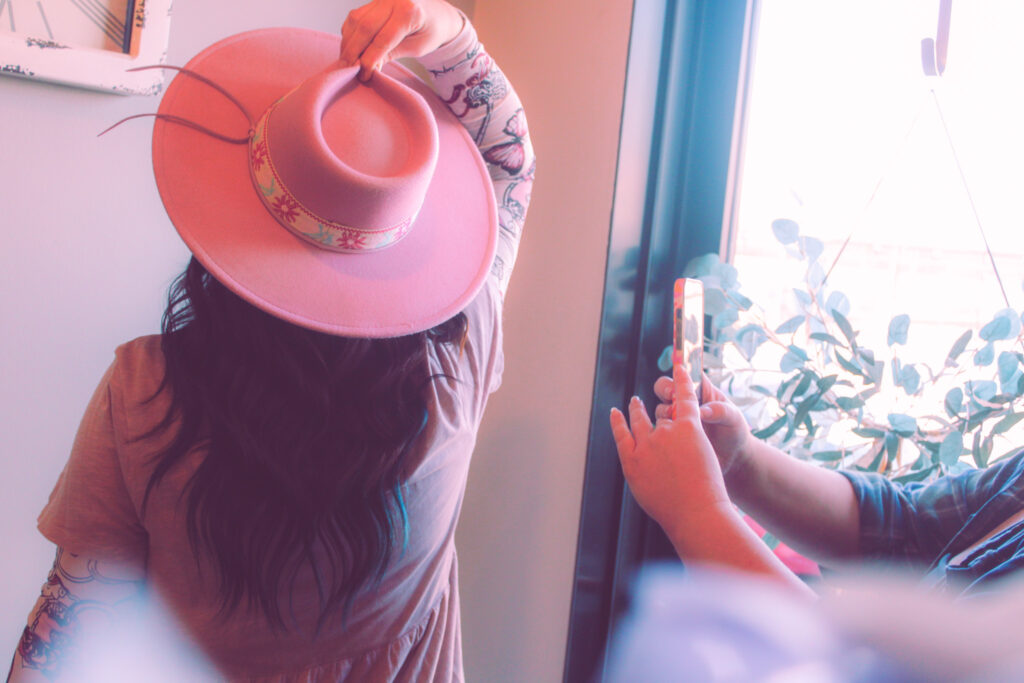
How do we get around the psychology?
Professor Fugère has a few suggestions, although some might sound easier said than done. First, using the Mere Exposure Effect, expose yourself to selfies (or any other photos of yourself). Everyone else is already doing it, so it’s not weird. Second, smile. Yes, that patronizing command you’ve heard from strangers everywhere, but intentionally smiling in photos affects how you’ll feel about yourself in the photo later. With a smile on, your brain will only see happiness. Your brain likes seeing your face happy.
A study published by the American Psychological Association reveals that people who take pictures during positive experiences tend to enjoy them more than those who don’t take photos during positive experiences. In fairness, it also shows that the opposite is true: taking photos during negative experiences enhances the negative feelings associated with that experience. Hopefully, your hair appointment is all positives, so taking pictures to encapsulate the moment can only strengthen your experience.
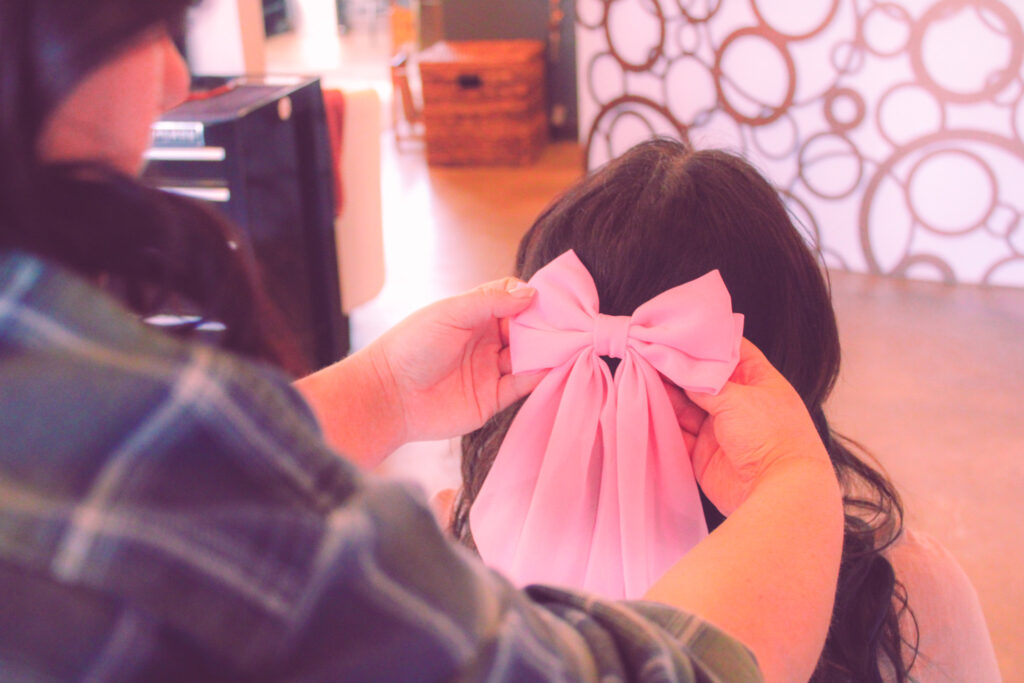
Who to trust?
Now that you know where the irrational fear comes from, trust that Starling Salon wants to dispel whatever concerns you have left about their photo process. When those familiar fears creep in, communicate with your hair professional to resolve them. You didn’t wear makeup? They have apps for editing skin and aesthetics. You wore your comfy clothes? They can crop that out. Are you in a rush? They can nail your photo in under five minutes. Don’t know how to pose? They know how to position you, no modeling experience required.
Your hair artist isn’t afraid to ask you for photos, but they don’t always have time between guests. They love it when you ask and encourage you to bring up the subject if you’re feeling brave. They’ll usually make time. Some will accept your ‘no’ and move on, and some will try guiding you back to a ‘yes’ by explaining how they’ll handle your concerns. It’s not mandatory, but they promise to make it fun.
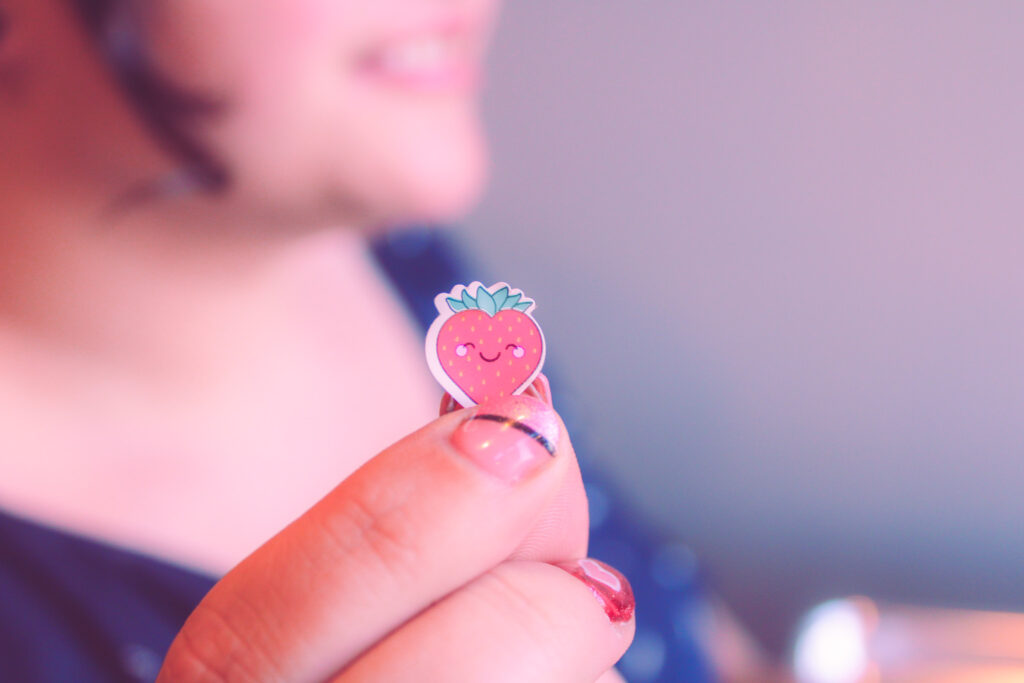
Have fun!
Next time you have a hair appointment, scroll through your mental checklist before leaving the house. Are you dressed for photos? Stylists request you skip turtlenecks, hoodies, and light-colored tops, but do you like what you’re wearing enough to show it off? Have you padded your appointments so you’re not scrambling afterward? Have you been studying your selfies? Are your biases in check? Have you been practicing your smile? Approach your appointment with the assumption you’ll be photographed to prepare yourself. All signs suggest you’ll enjoy the experience more if you roll with it, and your hair professional will appreciate the business-building content you offer them.
Find some of the salon’s favorite hair content on their Instagram page.
Enjoy the staff photos, because you’re not the only one in front of the camera.
Read Madeleine A. Fugère’s article from Psychology Today here.
Read an article detailing the study from American Psychological Association and a link to its publication here.
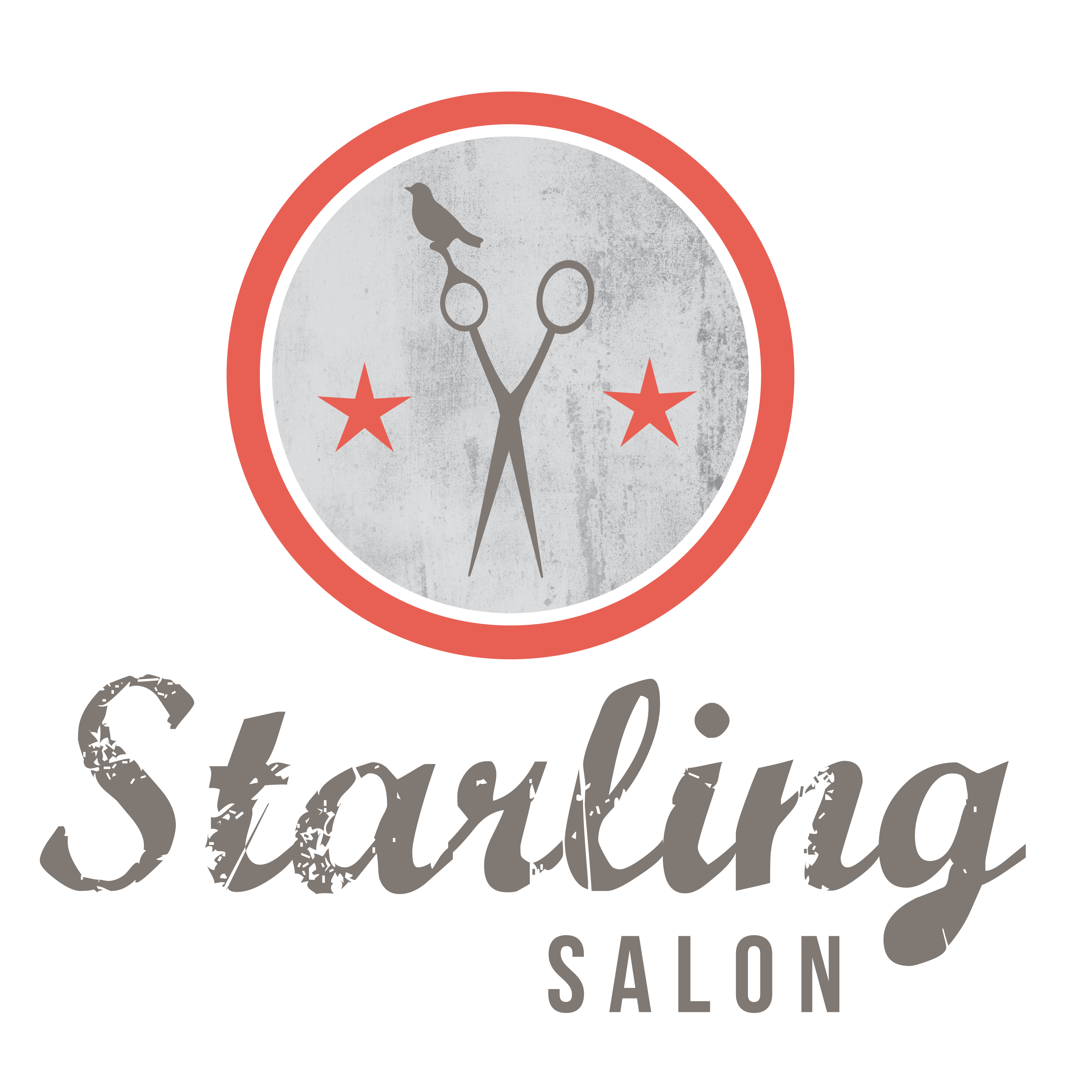
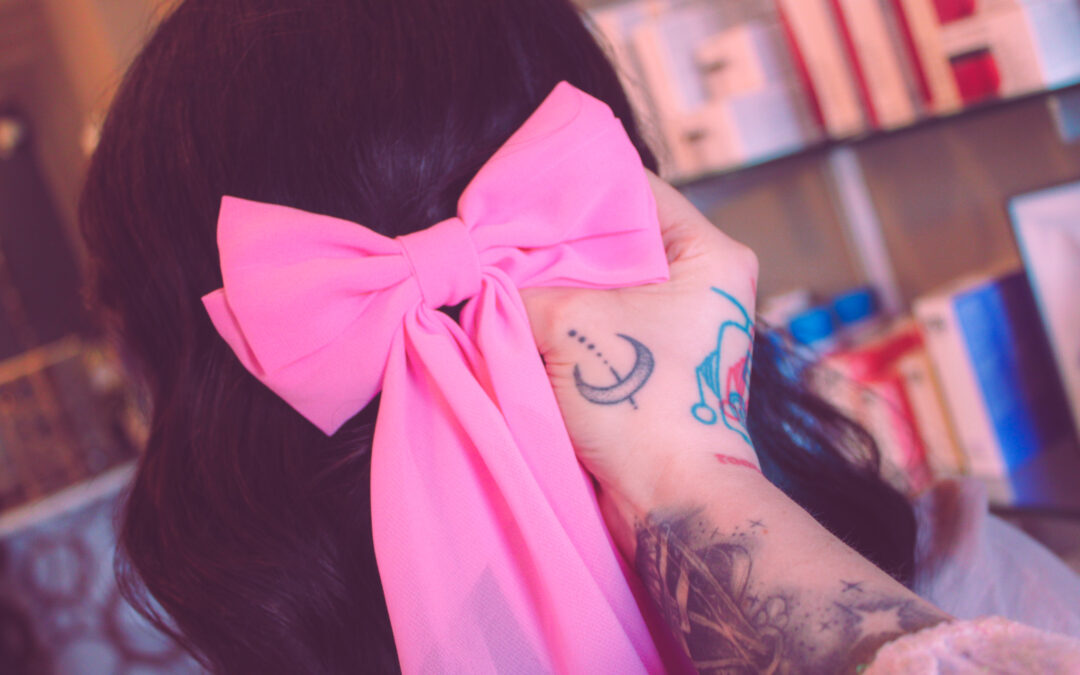
Recent Comments